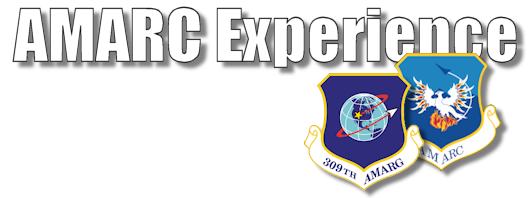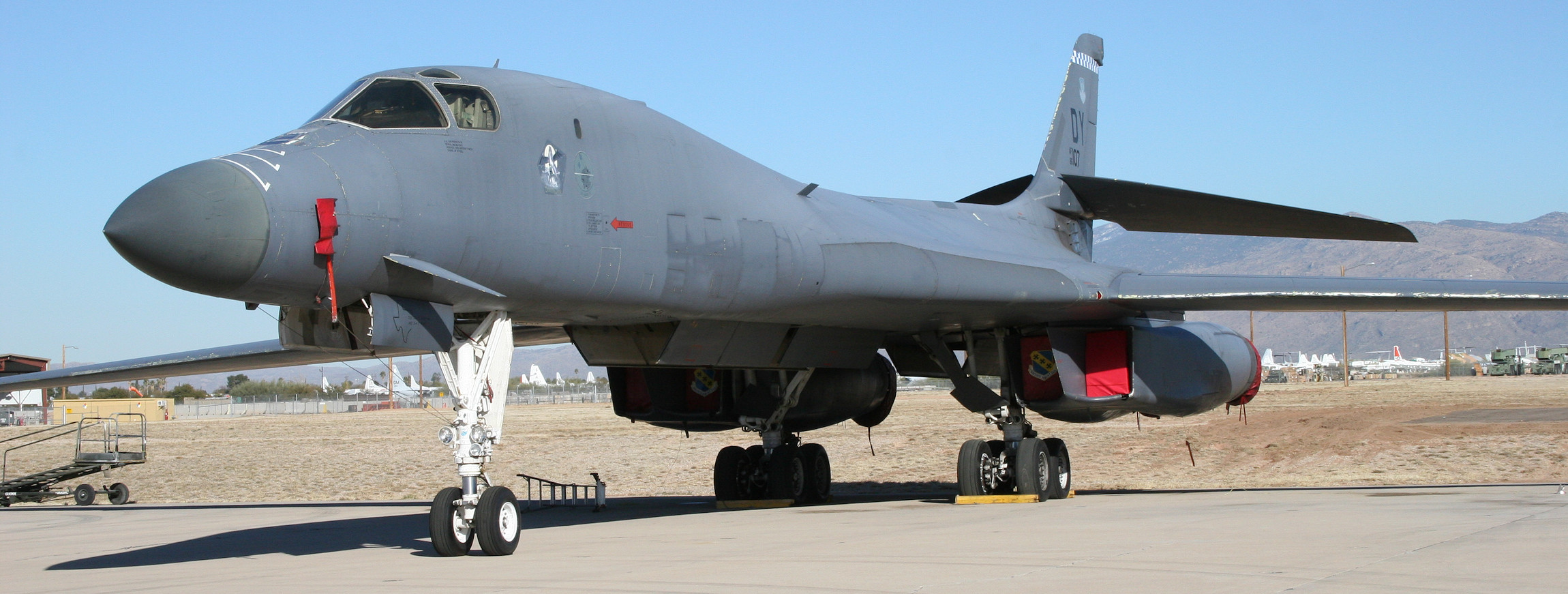Quite simply it is a list of the aircraft stored at AMARG.
AMARG is typically responsible for the storage and maintenance of over 4,000 aircraft. These aircraft all have identifying serial numbers or registrations (some call these 'Tail Numbers') that uniquely identified them when they were operational. When aircraft arrived during the MASDC and AMARC years they were allocated a 5 digit (MASDC years) or 8 digit (AMARC years) inventory number, called a Process Control Number (PCN), which incorporates information specifically required by the systems and processes operated at the Center. The list of these inventory numbers, along with the type of aircraft, date of arrival and current location on the facility went to make up the inventory that is referred to regularly on this web site.
At the end of 1997 AMARC began to make available the inventory from their web site under the Freedom of Information Act (FOIA). For several years afterwards the inventory was updated on a regular/not-so regular basis, ranging from daily to monthly updates, each update consisting of a 'snapshot' at that particular moment of time. Of course, as soon as that snapshot is taken it could well be out of date by the arrival, departure or movement of aircraft at AMARC but everyone agreed it was a tremendous resource to have access to.
Following the tragic events of 9/11 and the increased security and military operations which preceeded, the inventory was withdrawn from public release. It wasn't until 2011, after the center became the AMARG, that the inventory began to be publicly released again. The format of the AMARG releases tend to be less standard than those provided by AMARC, they are tending to be contained within Adobe Acrobat .PDF documents instead of Html pages, and the records are sometimes listed in different sort orders. However, it is good news to all who are interested in AMARG that they are again available after such a long period.
In the past there have been some aircraft that were listed on the inventory that were not present at AMARG, most notably the Lockheed SR-71 Blackbird, but this is now not the case. However, there is always the chance of aircraft being present at AMARG which are NOT listed on the inventory, some of which are just passing through and others which turn out to be longer term residents.
The AMARC FOIA Inventory Listing
Below is a snapshot of part of the FOIA listing from Monday April 16th 2001.

From left to right the columns of the listing supplied the following information:
| Column No. | Column Name | Description |
| 1. | Number | AMARC Inventory Number/PCN |
| 2. | Location | Last recorded location at AMARC |
| 3. | Tail Number | Serial number/registration. This could sometimes, although not very often, be a serial number 'devised' for AMARC use only. |
| 4. | Arrival Date | Date of arrival at AMARC, format 'dd-mmm-yy' |
| 5. | MDS |
Standing for 'Mission Design Series' this is an AMARC short description of the aircraft type. |
Inventory Numbers or PCNs (Process Control Number)
Every aircraft that arrived at MASDC and AMARC for storage or maintenance had an inventory number allocated to it, the aircraft to be stored had their number stencilled onto the airframe at their time of arrival. The aircraft that passed through AMARC for only maintenance generally did not have the number painted on them due to their relatively short stay, examples of these were the A-10 Thunderbolts that passed through AMARC for GPS system upgrades.
AMARC PCNs consisted of 8 characters and these were broken down into 4 sections, see below:

The first character signified the type of equipment the item consists of, inventory numbers for aerospace vehicles always started with an 'A'. The second character specified the branch of the military to which the aircraft was assigned, the list to the right details the designators used:
The third section of the inventory number consisted of a two letter aircraft type designator. US Navy and Marines aircraft types had number/alpha formatted designators, for example 1K, 3A, 6A, etc.
The second character of the Navy designators generally described the type of mission the aircraft type fulfilled. See the list to the right for some of the most common mission designators:
The Air Force and Army types have alpha/alpha designators, for example TF, FE, HV. The first character of the Air Force and Army designators generally describes the type of mission the aircraft type fulfills. See the list to the right for some of the most common mission designators: Over the years aircraft type designators can be re-used to identify different aircraft types, this is due to the limited combinations available. This, however, was a more common practice in the earlier years due to the greater number of aircraft types that passed through the center.
The fourth and last section consisted of a 4-digit number that is sequentially allocated to each new arrival of that specfic aircraft type. This is the section that gave each aircraft its unique AMARC identification as numbers were typically not re-used1. However, if an aircraft left AMARC and returned at a future it would usually be allocated a new inventory number.
MASDC PCNs typically consisted of only 5 characters using the same format as the last two sections of the AMARC PCN (alpha/alpha designator and 4-digit seqeuntial number).
The AMARG FOIA Inventory Listing
AMARG made the decision to no longer use a PCN and instead stencil the aircraft type/model and it's serial number onto the aircraft to identify it. As a result the inventory no longer lists any PCNs as can be seen in the example provided below,
Below is a snapshot of part of the FOIA listing from July 2012.

You will notice that the aircraft type (MDS) is displayed in a different format and the aircraft location omits the row and position precision that used to be provided by AMARC. The sort order in this example is by serial number, but the majority of the time it is provided in MDS/serial number order.
1. PCNs have sometimes been re-used on occassions when the aircraft type alpha/alpha designators were re-used for another aircraft type. There have also been occassions that a PCN has been re-used during an inventory tidy-up, where the sequential number was reset to 1.









